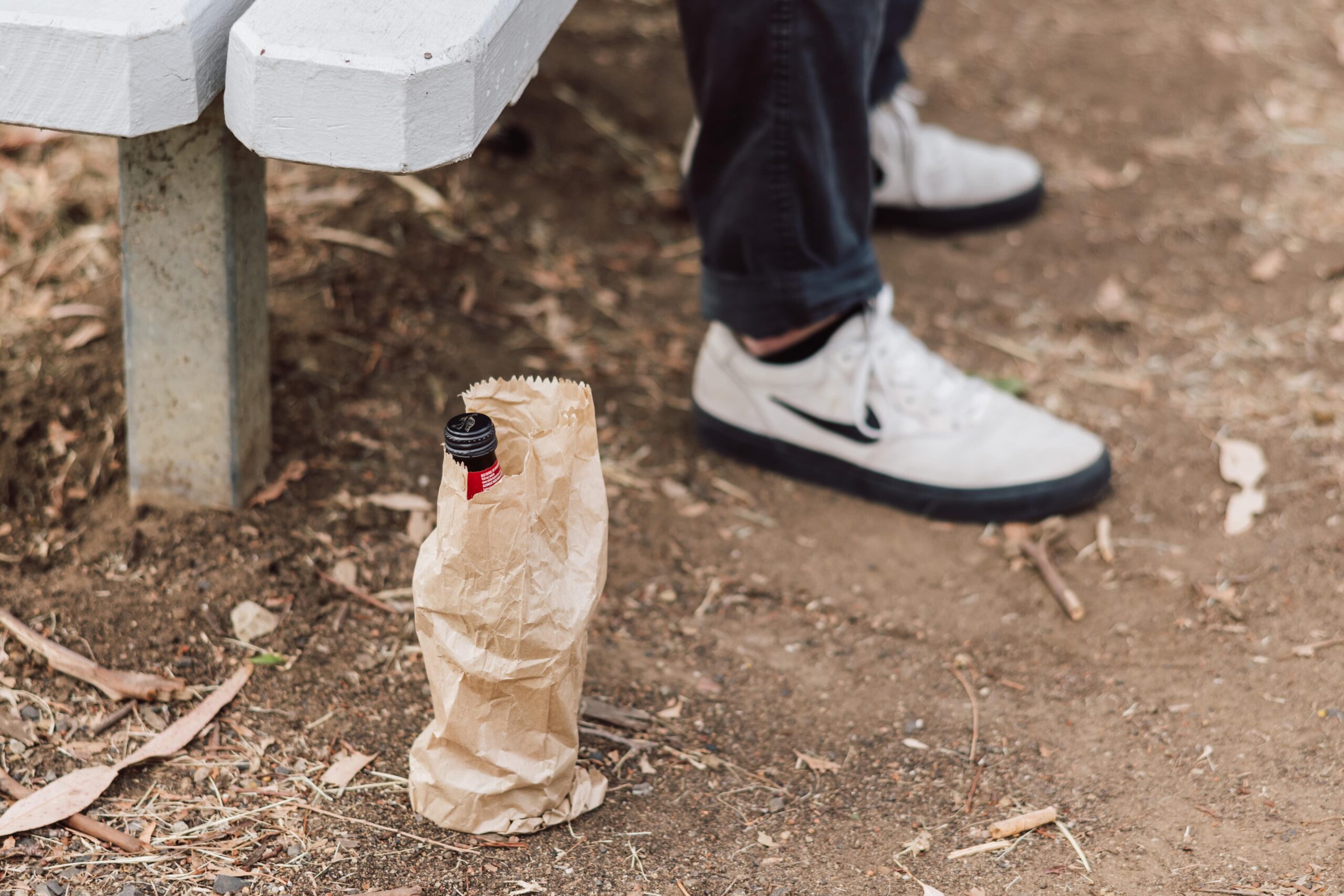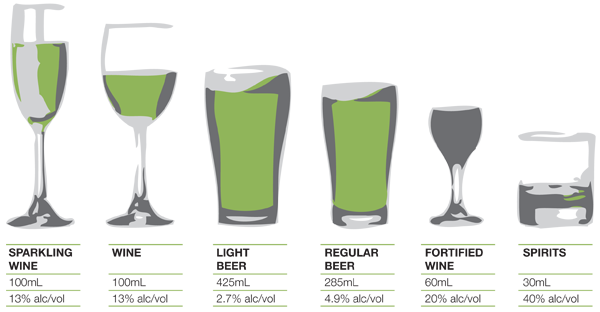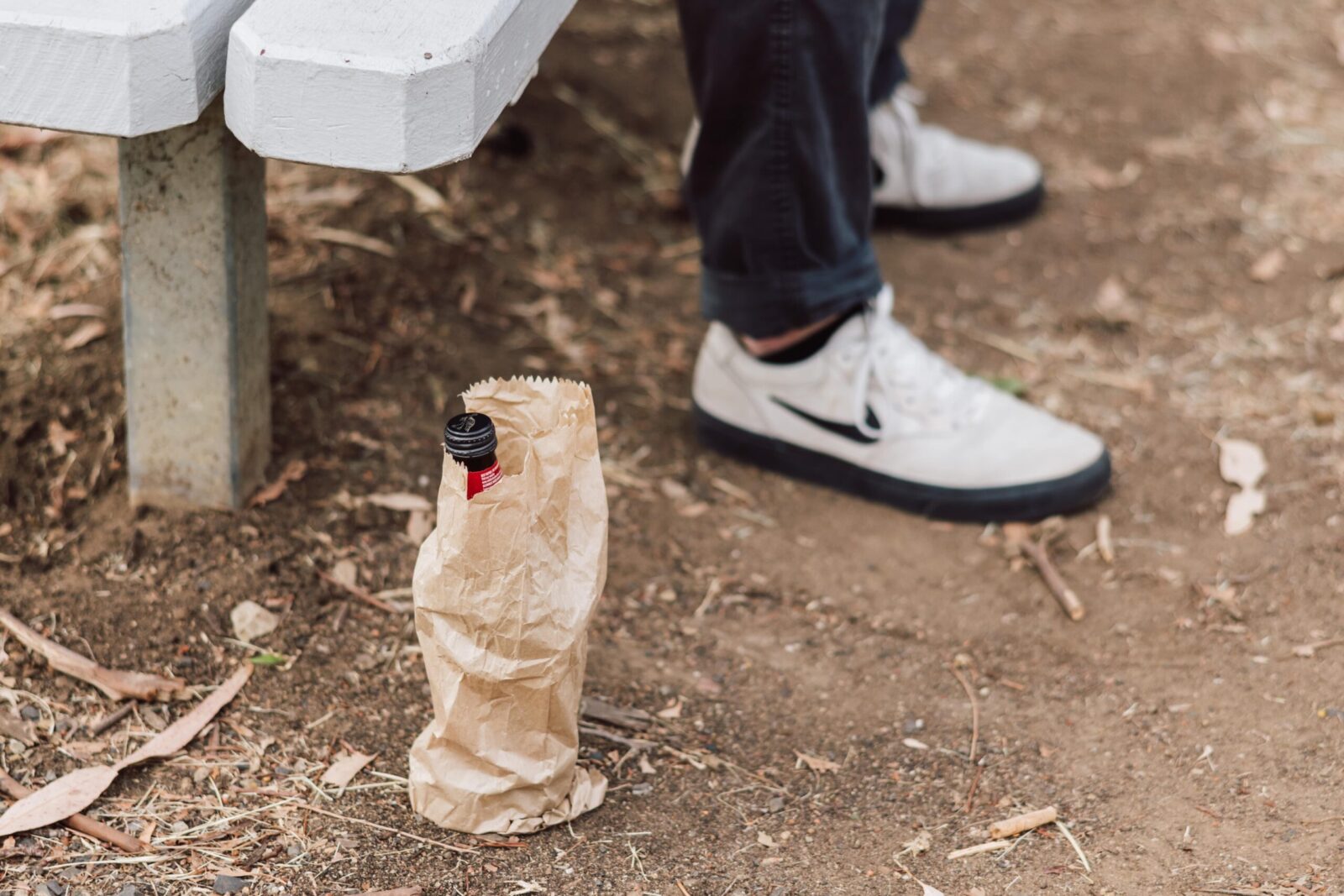However the World Health Organization (WHO) finds that alcohol is the third most important avoidable cause of death and disability in developed societies like Australia. Given this finding, alcohol is not an ordinary commodity, and should not be treated as one. Alcohol is a drug too — the most widely used drug in Australia — and its misuse continues to cause significant harm and enormous cost to the community.
The dangers and damaging effects of alcohol need to be more widely discussed in an attempt to minimise the significantly damaging impact it places on the community.
What are the problems with drinking alcohol?
Drinking more than the recommended levels can have harmful effects on your health. Short-term risks include as injury, violence, and accidental death. Long-term risks include cancer, cirrhosis of the liver, brain damage, memory loss, and sexual dysfunction.
When alcohol passes through the liver, it breaks it down around 20%. To finish the work, the alcohol will need about five passes through the liver and kidneys. This takes around 24 hours, which means if we have alcohol today, it can still show up in our urine tomorrow. That’s how long it takes to get through the metabolism.
There are limits to what the liver can cope with. When we measure how much alcohol can be broken down completely in that 24 hour period, it’s not a lot. It’s about 5 standard drinks for a male and about 3 for a female, which is where we get the guidelines from (see below). If we drink more than that, it will take longer than 24 hours to break down. This means that the ethanol will do damage to every cell in the body, especially the liver, kidneys, heart and brain.
It’s interesting when you think about it, because when we first experimented with alcohol we would have 2 or 3 drinks and we’d be bouncing off the walls. But as we keep drinking more, we develop a tolerance. As our brain gets used to the effect of drinking, we assume that the organs have adjusted to these new higher levels. The fact is that they don’t, and this is why we experience so much damage.
There are also many social and personal problems that can be related to drinking at risky or high-risk levels. This includes family or relationship problems, problems at work or school, and legal and financial problems.

So what is safe drinking?
People are urged not to drink beyond the guidelines for men and women. In addition, when choosing to drink people should be aware of the risks of:
- participating in potentially risky activities such as swimming, diving, or boating;
- mixing alcohol with mood-altering drugs; and
- driving or operating heavy machinery.
Low-risk drinking guidelines
The National Health and Medical Research Council (NHMRC) issued revised and simplified Alcohol Guidelines on 6 March, 2009:
Guideline 1
For healthy men and women, drinking no more than two (2) standard drinks on any day reduces the lifetime risk of harm from alcohol-related disease or injury.
Guideline 2
For healthy men and women, drinking no more than four (4) standard drinks on a single occasion reduces the risk of alcohol-related injury arising from that occasion.
Guideline 3
For children and young people under the age of 18, not drinking is the safest option.
3A: Children under 15 years of age are at greatest risk of harm from drinking, for this age group, not drinking is especially important.
3B: For young people aged 15-17 the safest option is to delay drinking as long as possible.
Guideline 4
Maternal alcohol consumption can harm the developing fetus or breastfeeding baby.
4A: For women who are pregnant or planning a pregnancy, not drinking is the safest option.
4B: For women who are breastfeeding, not drinking is the safest option.
How much alcohol are you really drinking?
It can be difficult to work out if your drink is a standard drink because glass sizes may vary between venues, and different types of drinks contain varying proportions of alcohol per volume.
It can also be difficult to keep track of your drinking when containers such as jugs and casks are being shared, when glasses are being topped up before they are empty and when drinks are mixed with unknown quantities of alcohol, such as in cocktails and punches.
The NHMRC Alcohol Guidelines use the idea of a standard drink to help people keep track of how much they drink.
What is a standard drink of alcohol?
A standard drink is any drink that contains approximately 10 grams of alcohol. Different types of alcoholic drinks contain different amounts of pure alcohol.
The label on each alcoholic beverage contains information on how many standard drinks are inside the bottle, can or container.

Each of these drinks equals approximately one standard drink:
- a 285 ml pot/middy/handle of regular beer (4.8% alcohol)
- 2/3 of a 375 ml stubbie of regular beer (4.8% alcohol)
- a 375 ml can of mid-strength beer (3.5% alcohol)
- 1¼ of a 375 ml stubbie of light beer (2.7% alcohol)
- 100 ml of wine or sparkling wine (12.0% alcohol)
- a 30 ml shot/nip of spirits (40.0% alcohol)
- 2/3 of a 275 ml can of ready-to-drink spirits (7.0% alcohol); and
- 2/3 of a 375 ml bottle of alcoholic cider (5.5% alcohol).
Keep in mind that not all drinks contain the same concentration of alcohol, and that many venues fail to adhere to standard drink guidelines. Studies have shown that the average serve of wine in a restaurant is equal to approximately 1.8 standard drinks. Beware of bigger glasses, bottles or cans which hold more than one standard drink. If you are not sure, check for standard drinks information on the bottle’s label.
Some tips for controlling your drinking
Be aware of how drinking affects you as an individual. If you know you will be drinking alcohol, make sure you plan ahead.
Staying safe
If you are partying with a group of friends, try to agree that one of the group will not drink, and will be responsible for driving, and looking out for the group generally. Of course each person is ultimately responsible for their own behaviour.
Make sure you can call a member of your family or a friend if you need help.
Reducing your drinking
- Set limits for yourself, and stick to them. Don’t let other people pressure you into drinking more than you want.
- Quench your thirst first. Have a non-alcoholic drink first if you are thirsty.
- Drink slowly. Take sips, not gulps.
- Drink from a small glass. Some wine glasses can hold several standard drinks.
- Be aware of exactly what you are drinking. Remember that “alcopops” (sweet flavoured pre-mixed drinks) can be quite strong, even though they don’t taste like strong alcohol.
- Try a low alcohol/non-alcoholic alternative.
- Eat before and while drinking, but avoid salty snacks, which will make you thirsty.
- Avoid getting into “rounds” or a “shout”. They are sure to make you drink faster, and drink more, so that you can keep up with your friends.
- Avoid “top ups”. Drink one drink at a time so that you can keep track of how much you are drinking.
- Stay busy. Don’t just sit and drink. Dancing, playing music or games can take the focus away from drinking.
- Alternate an alcoholic drink with water or another non-alcoholic drink.
For More Information: The Australian Government Department of Health and Ageing at www.alcohol.gov.au
